DESIGN TECHNOLOGY IN THE PRIMARY SCHOOL
Main menu:
DESIGN DRAWING
DESIGN THEORY
DESIGN DRAWING, GRAPHICACY, OR THE VISUAL COMMUNICATION OF IDEAS
If Leonardo Da Vinci, the Italian Renaissance artist and inventor had not committed his thoughts to paper in the late 15th Century, we would not have his design drawings for helicopters and ballistas or his anatomical studies to examine and discuss.
It may take a long discussion, or numerous written words, but the ideas may still not be fully understood, whereas a simple drawing or demonstration can pass on the knowledge more quickly.
The ability to formulate ideas, record and develop them is central to human creativity, and any form or practical design work can provide opportunities to develop a pupil's drawing ability and the visual communication of ideas.
With the inclusion of Art, Home Economics, and Information Technology in the Design and Technology courses in the original National Curriculum there was increasing emphasis placed on each pupil communicating ideas through drawings using a variety of media and techniques.
GRAPHICACY
The area of communication that encapsulates the presentation or ideas In drawing or visual form. Examples can readily be found in a number of professional design situations, where the designer has recorded ideas and thoughts for others to see.
An interior decorator may present pictorial views of what he expects new rooms to look like, complete with colour schemes, suggestions for carpets, upholstery, and curtain materials.
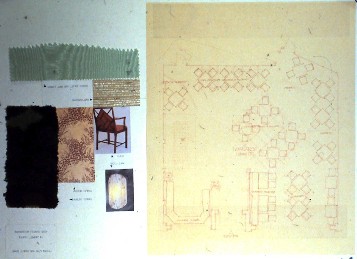

The architect will consult with the surveyor before presenting his working drawings for a new housing estate, and full colour pictorial renderings of what each new house may look like, for the client to choose.
A fashion designer may present drawings and ideas for the latest trend in evening wear, together with suggested range of handbag, shoes and other accessories, ready for the buyer in the retail store to examine, or before the garments are manufactured for the latest Parisian catwalk.
The electrical circuitry in a car may be drawn by a technical draughtsman, complete with symbols for battery, lights, switches etc., to assist the mechanic on the workshop floor to interpret, and assist with tracing faults. Alternatively that same draughtsman could produce the Coal Powered Electricity Generating Station diagram.
The fast moving television commercial may be an intricate piece of animated computer graphics seen by an audience worldwide, but produced by an artist with particular skills and knowledge of presenting ideas in a highly stimulating and visual form.
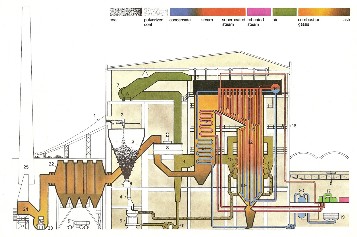
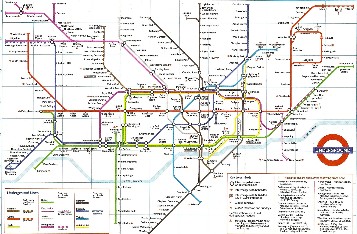
A graphic artist may provide preliminary sketches and accurate images for a poster, carrier bag or package that he has designed, before handing these on to the printer for manufacture.
Such an artist would have also produced one of the most iconic guides for visitors to London, namely the map of the Underground Train network.
Many other examples can probably be found of various types of drawings and images produced by designers, in order to present their ideas to others, as an integral part of the designing process before the realisation or manufacture of a product.
As examples of preliminary drawings produced by children two drawings of carts are included from Y1 pupils, and three drawings of motorised buggy by Y6 pupils.
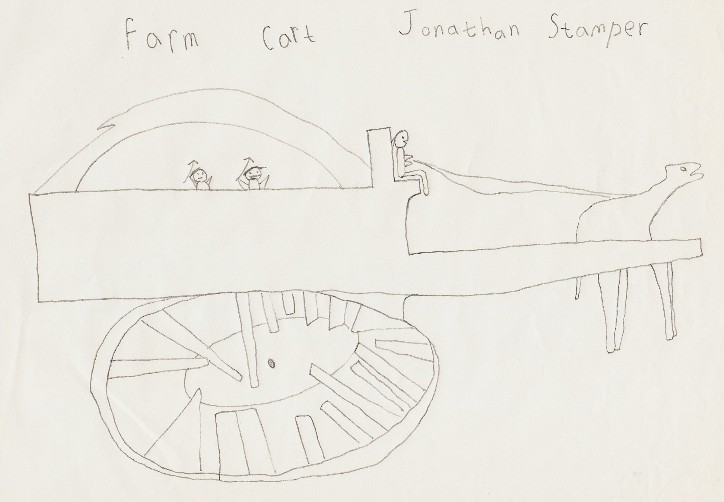
Even the youngest child is able to draw images of some sort, and they also develop their language ability by adding simple words to their drawings. This is not unlike the assembly drawing sheets given by the manufacturer of kitchen units where the diagrams are annotated. Raising another point it is important that pupils deveklop the ability to "read" a drawing and select the appropriate materials and build their designs or those of other pupils if they are working as a team.
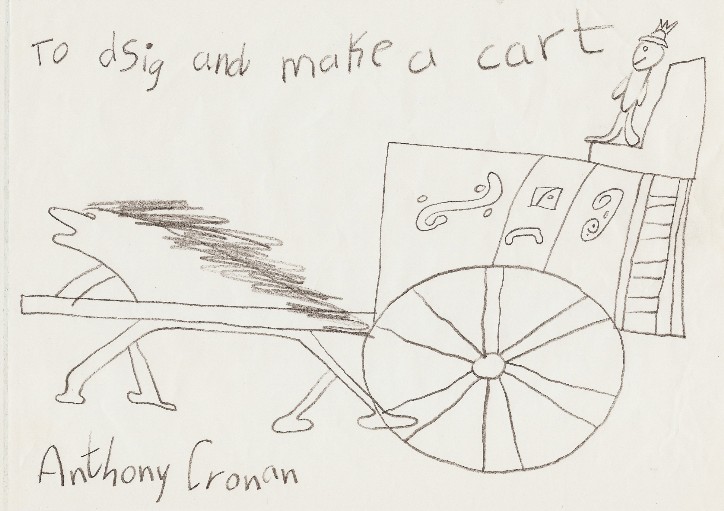
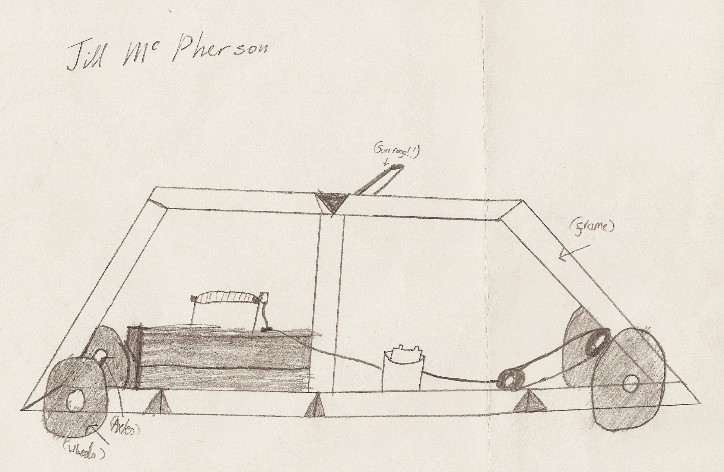
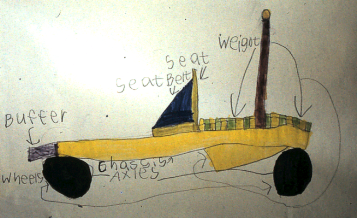
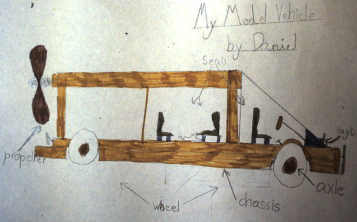
If practical design and technology work is to be successful at Primary School level, it is important that pupils are encouraged to present their ideas by drawing and recording of design ideas in some form.
Just as a writer may jot down ideas before gradually refining the format and framework of a script or article, pupils involved in designing may need to record various stages of the design process, whilst working through to their proposed solutions for a particular product, artifact, system or environment.
Drawing ability or Graphicacy should therefore be seen as central to the designing process and teachers of Design Technology may need to develop a range at new skills and a wider understanding of drawing techniques used by both artists and professional designers it they are to help pupils to use drawings to express their ideas at various stages of the design process. The older the pupils are, the more this principle applies.
At Primary level only pencils and coloured crayons are needed for preliminary sketches, but other types of media such as paint and felt tipped pens may sometimes be useful.
It is only through design drawings that some ideas can be described quickly and successfully, and drawing can best be described as a form of communication that spans any international language barriers or cultures, and between the designer and client or casual observer.
Drawing should be seen as an aid to thinking during the designing process, where pupils can initiate, select, record, qualify and articulate their thoughts and communicate ideas with others for further assistance, discussion and development.
Graphicacy or drawing capability is therefore essentially an integral part of any design work, and involves a clear understanding of the various media and techniques used by the artist and designer, and the ability and skills to utilise these to communicate design proposals clearly and concisely before any physical end product is produced.